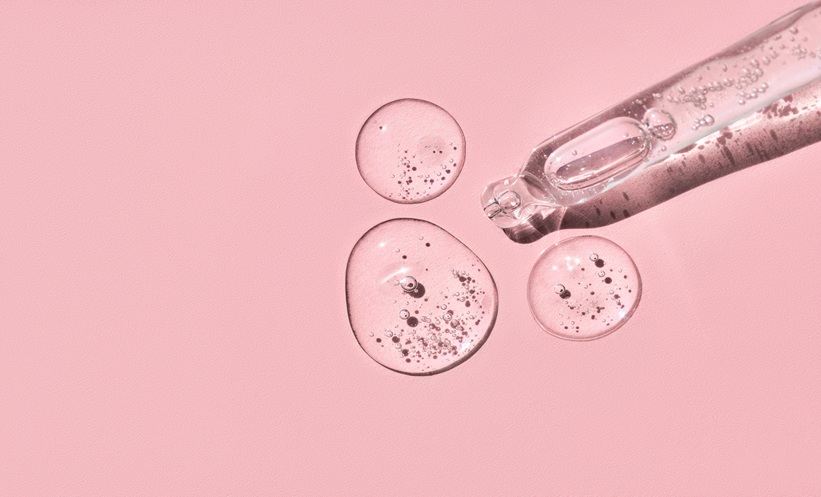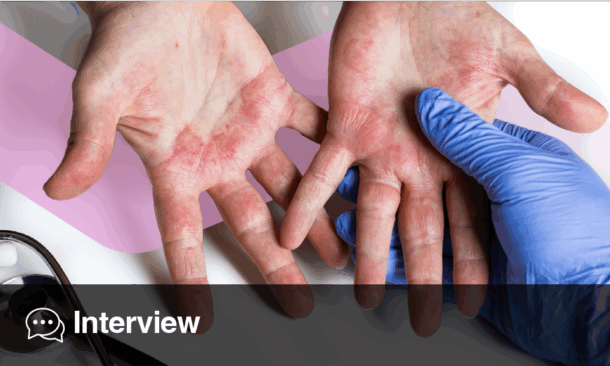SKIN WOUND healing is a highly complex and dynamic process, progressing through overlapping phases of haemostasis, inflammation, proliferation and tissue remodelling. Any disruption in these stages can delay or impair healing. Multiple cell types, including keratinocytes, fibroblasts, vascular endothelial cells and immune cells, are required to coordinate this intricate repair mechanism.
Hyaluronic acid (HA), a naturally occurring biopolymer found in connective tissues, plays a central role in tissue repair. It is biodegradable, biocompatible, and non-immunogenic, with functions ranging from hydration to mechanical support. Its production is upregulated during healing, particularly in granulation tissue formation and re-epithelialisation. Importantly, combining HA with selected amino acids has been shown to stabilise its structure, prevent degradation, and further promote wound repair. Amino acids also contribute through their humectant and pH-balancing properties, creating a favourable microenvironment for tissue regeneration.
The medical device investigated in this study, Vulnamin 6® (Professional Dietetics SpA, Italy), contains HA and a defined mixture of amino acids, including glycine, L-proline, L-leucine, L-lysine hydrochloride, L-valine and L-alanine. Available as cream, gel or powder, Vulnamin supports granulation tissue formation, connective tissue remodelling, epithelial regeneration and natural exfoliation of necrotic tissue. Its medium to high molecular weight HA exerts protective film-forming and moisturising effects, while amino acids enhance stability and collagen synthesis.
Hard-to-heal wounds represent a significant clinical and societal challenge. They affect approximately 2.5% of the US population, with prevalence rates comparable to heart disease. Conditions such as diabetic foot ulcers carry mortality rates similar to cancer, underscoring the urgent need for effective therapies. With ageing populations and rising rates of diabetes and vascular disease, the burden of chronic wounds continues to grow. Delayed healing not only diminishes patients’ quality of life but also imposes considerable financial strain on healthcare systems.
An ideal wound dressing should maintain moisture balance, encourage debridement, and support granulation and re-epithelialisation. Vulnamin’s combination of HA and amino acids provides many of these desirable features, offering a protective, regenerative approach to wound care. While secondary antibacterial dressings remain essential in infected wounds, this study highlights the potential of HA–amino acid formulations as a valuable tool in the management of hard-to-heal wounds.
Reference
Romanelli M et al. Efficacy and safety of a medical device based on hyaluronic acid and amino acids for the topical treatment of hard-to-heal skin ulcers: a pilot clinical trial. J Wound Care. 2025;34(9):717-22.







